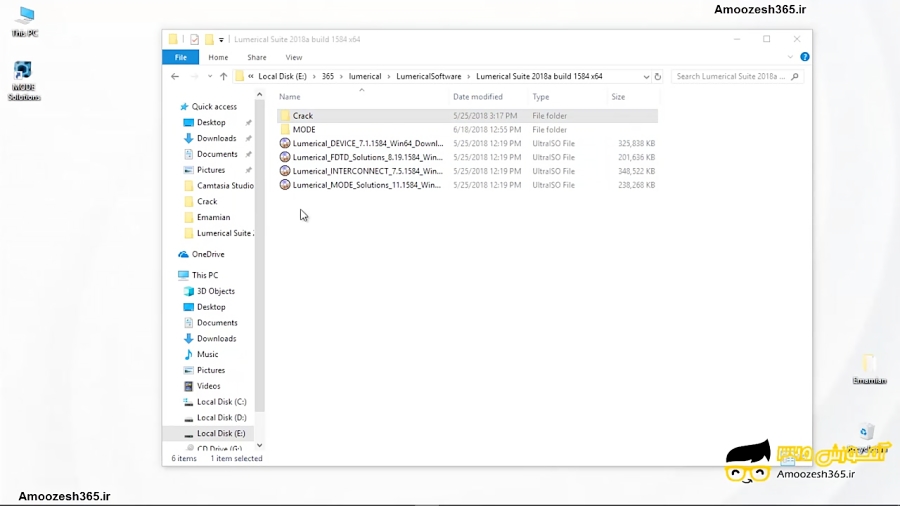

The response of the system is governed entirely by the behavior of the sourcing function. Driven: The temporal evolution of the system follows that of the source.This is the type of behavior seen when a system is excited with a pulse or a harmonic source with step function amplitude.

Transient: The system exhibits a transition between two states or a transition away from and back towards equilibrium.The time dependence can appear in two ways (often simultaneously):


This method is used to solve general problems where a system is driven with an arbitrary sourcing function in time. MoM Finite-Difference Time-Domain (FDTD)įDTD is a very common method for computational solving electromagnetics problems that have some time dependence. If you can answer these questions, you can make a clearer decision as to which method to use to solve your specific problem. Do you need to solve Maxwell’s equations (E and H fields) directly or do you just need to solve for sources in the problem?.How many dimensions are in the solution domain and can symmetry be exploited to reduce the number of dimensions in the solution?.What type of media is involved in the system? The system could be linear or nonlinear, homogeneous or inhomogeneous, and isotropic or anisotropic.What type of time dependence does the problem have? This could be transient, harmonic, or steady state. Before looking at each of the standard methods for solving computational electromagnetics problems, there are some initial questions to answer when deciding between FDTD vs. Choosing Numerical Schemes to Solve Electromagnetics Problemsīecause so many solutions to electromagnetics problems do not have closed-form solutions, numerical solution methods must be used to quantify the behavior of the electromagnetic field in many systems. If you’ve never worked with all of these, keep reading to learn the difference between FDTD vs. Three of the standard numerical schemes in electromagnetics problems are finite-difference time-domain (FDTD), finite element method (FEM), and method of moments (MoM). The choice of which numerical scheme and discretization scheme to use depends less on the geometry of the system and more on the information you want to gather about the system. Field solvers can perform a standard set of numerical procedures, and it’s a designer’s job to understand when different schemes are applicable and how they generate numerical solutions. To solve these problems, a numerical discretization scheme and solution scheme must be selected.
#FDTD SOLUTION SOFTWARE#
These software applications originally grew out of academic research and are now commonplace in many engineering organizations. Some field solvers will allow you to select which method you use to solve certain problems.Įlectromagnetics, CFD, mechanics, and thermal problems can all be solved using numerical techniques with field solver applications. Several numerical schemes are used to discretize electromagnetics problems and solve Maxwell’s equations in arbitrary geometries.Ĭomplex systems like PCBs and ICs can be treated using one of these numerical methods, but they provide different benefits and should be used in different situations.


 0 kommentar(er)
0 kommentar(er)
